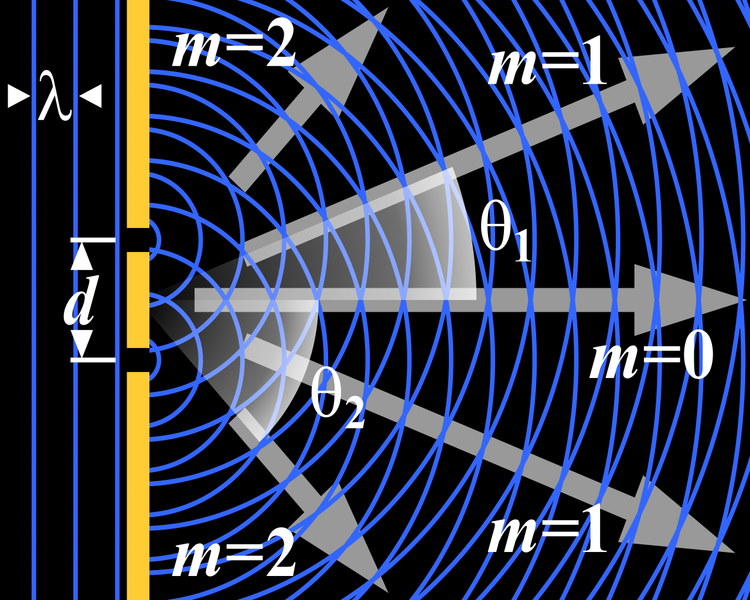Table of Contents
In the realm of quantum mechanics, one experiment stands out for its simplicity and profound implications – the double-slit experiment. This elegant yet bewildering setup has shaped our understanding of the fundamental nature of reality. It demonstrates a principle so mysterious and counterintuitive that it challenges our classical views of physics: wave-particle duality. Let’s embark on a journey to unravel this mystery, making a pit stop at the heart of quantum mechanics.
A Glimpse into the Quantum Enigma
The double-slit experiment, originally conducted by Thomas Young in 1801, was aimed at understanding the nature of light. By shining light through two parallel slits and onto a screen, Young expected to see two distinct bands corresponding to the slits. Instead, he witnessed a series of alternating dark and light bands known as interference patterns, a hallmark of wave behavior. This finding was pivotal because, until then, light was primarily thought to travel in straight lines as particles.
Fast forward to the early 20th century, when scientists discovered that electrons (undisputedly known as particles) produced similar interference patterns when fired through a double-slit apparatus. This revelation was astonishing because it suggested that particles could exhibit wave-like behavior under certain conditions. Thus was born the concept of wave-particle duality, a cornerstone of quantum mechanics which posits that every particle or quantum entity can be described as both a particle and a wave.
Navigating Through the Double-Slit Experiment

To appreciate the significance of the double-slit experiment, it’s crucial to delve into its setup and outcomes. Imagine firing electrons at a barrier with two slits and then onto a detection screen. When both slits are open, and we’re not observing which slit each electron passes through, an interference pattern emerges on the screen. This pattern resembles what waves would produce, implying that each electron goes through both slits simultaneously, interfering with itself.
However, the plot thickens when we decide to observe which slit an electron passes through. The act of measuring or observing collapses the electron’s wave function—a mathematical description of its quantum state—forcing it to choose one slit over the other. The interference pattern vanishes, replaced by two bands akin to classical particles’ behavior.
The Mystery of Wave-Particle Duality
The double-slit experiment encapsulates the mystery of wave-particle duality in a nutshell. When unobserved, particles like electrons behave like waves; they can be in multiple places at once and interfere with themselves. Yet, when observed or measured, they reveal their particle nature, occupying a definite position in space. This duality is not just a theoretical curiosity; it is an inherent feature of all quantum objects.
The implications are profound and perplexing. How can an object be both a particle and a wave? How does observation collapse this duality into a single identity? These questions touch upon the heart of quantum mechanics and hint at the underlying reality that is vastly different from our macroscopic, classical world.
Unraveling Implications Beyond Physics
The double-slit experiment’s repercussions extend beyond physics, stirring debates in philosophy, metaphysics, and even theology. It challenges our notions of reality, observer effect, and determinism. If mere observation can alter the outcome of a quantum event, what does this imply about the role of consciousness in shaping reality? While these questions may seem esoteric, they underscore the interconnectedness of science with broader existential inquiries.
Embrace the Quantum World
As we grapple with the implications of wave-particle duality revealed by the double-slit experiment, we embark on a quest to understand the quantum world. This journey is not merely academic but touches upon the very essence of our understanding of reality. By embracing quantum mechanics’ counterintuitive principles, we unlock new technologies like quantum computing and cryptography while confronting profound philosophical questions about our universe’s nature.
The double-slit experiment serves as a gateway to this fascinating world—a testament to human curiosity and our relentless pursuit of knowledge. It reminds us that at the heart of complexity lies simplicity; through experiments such as these, we inch closer to unraveling the mysteries of the universe.
